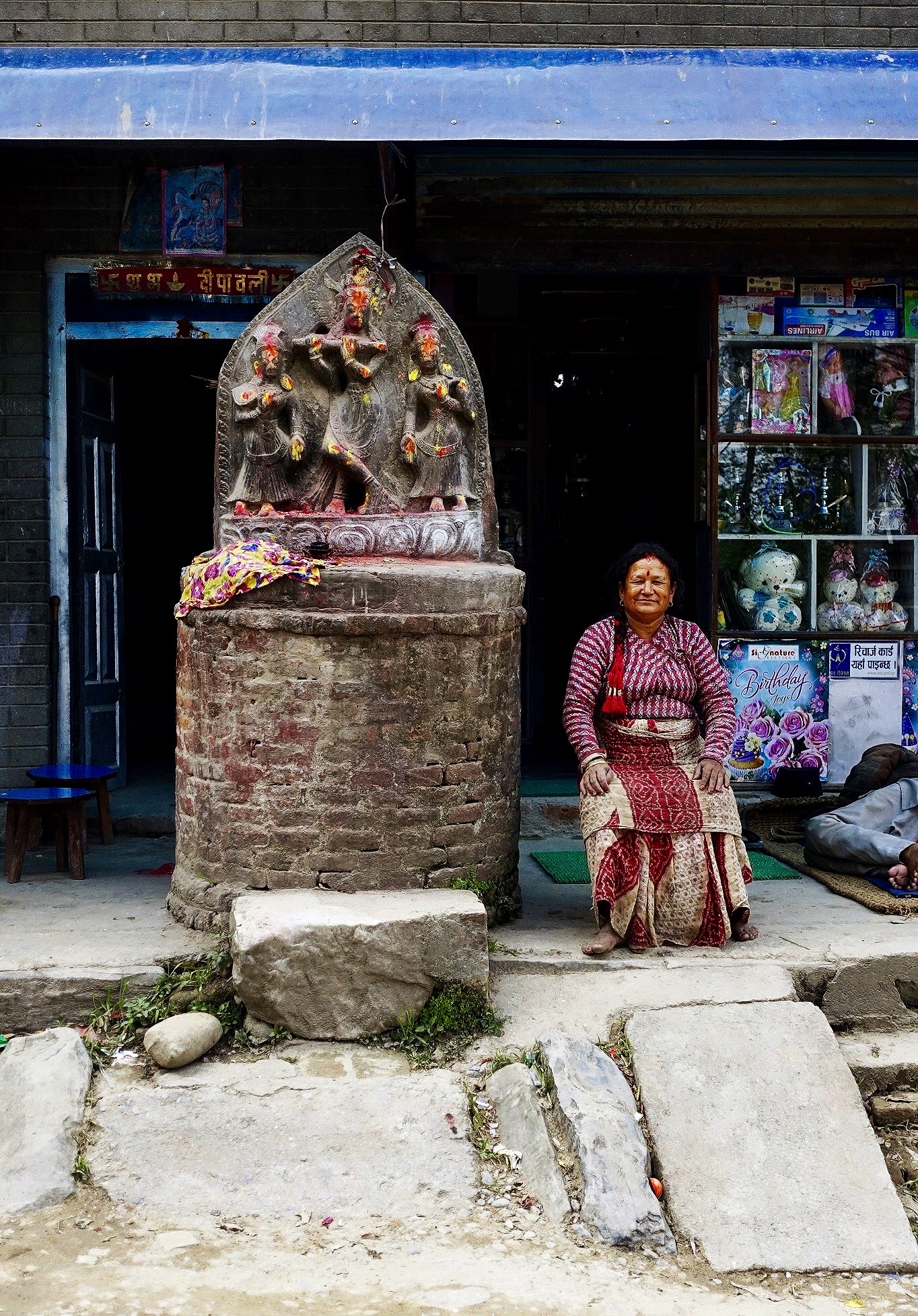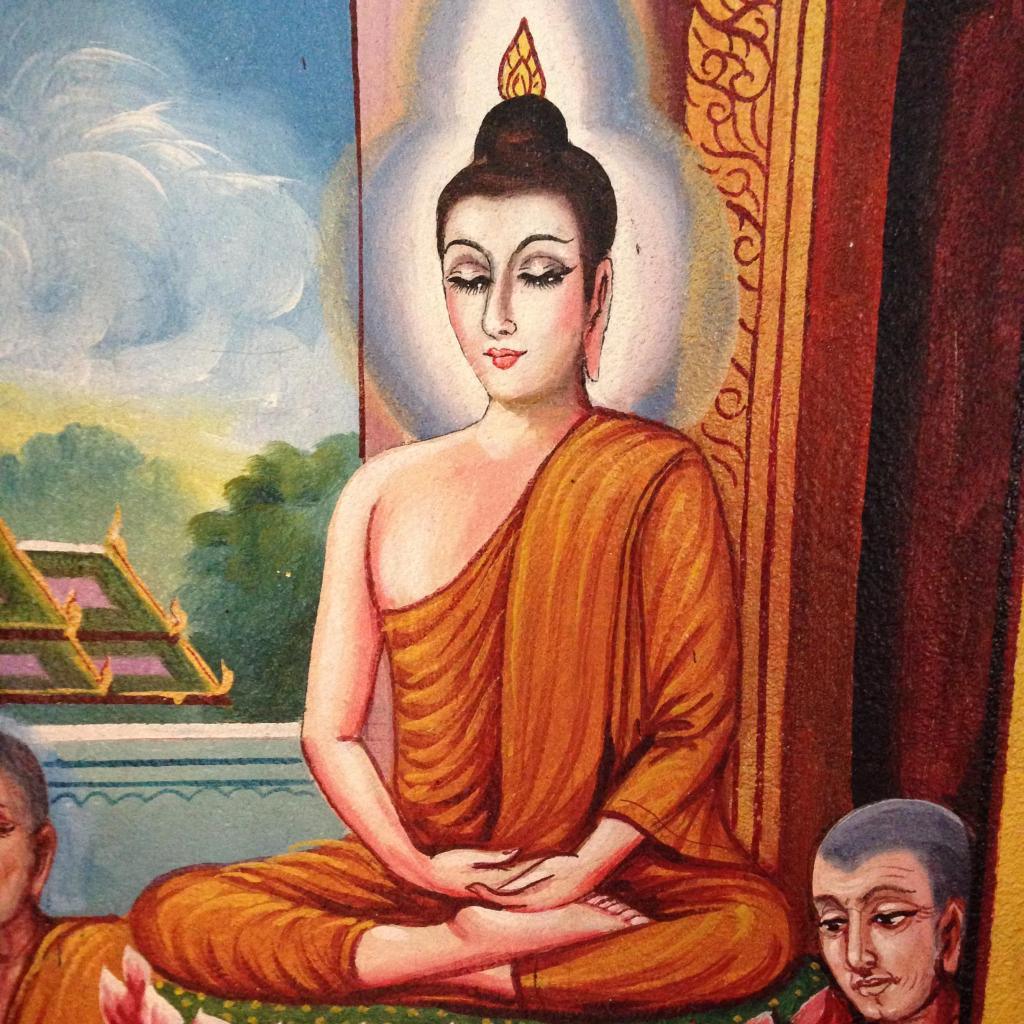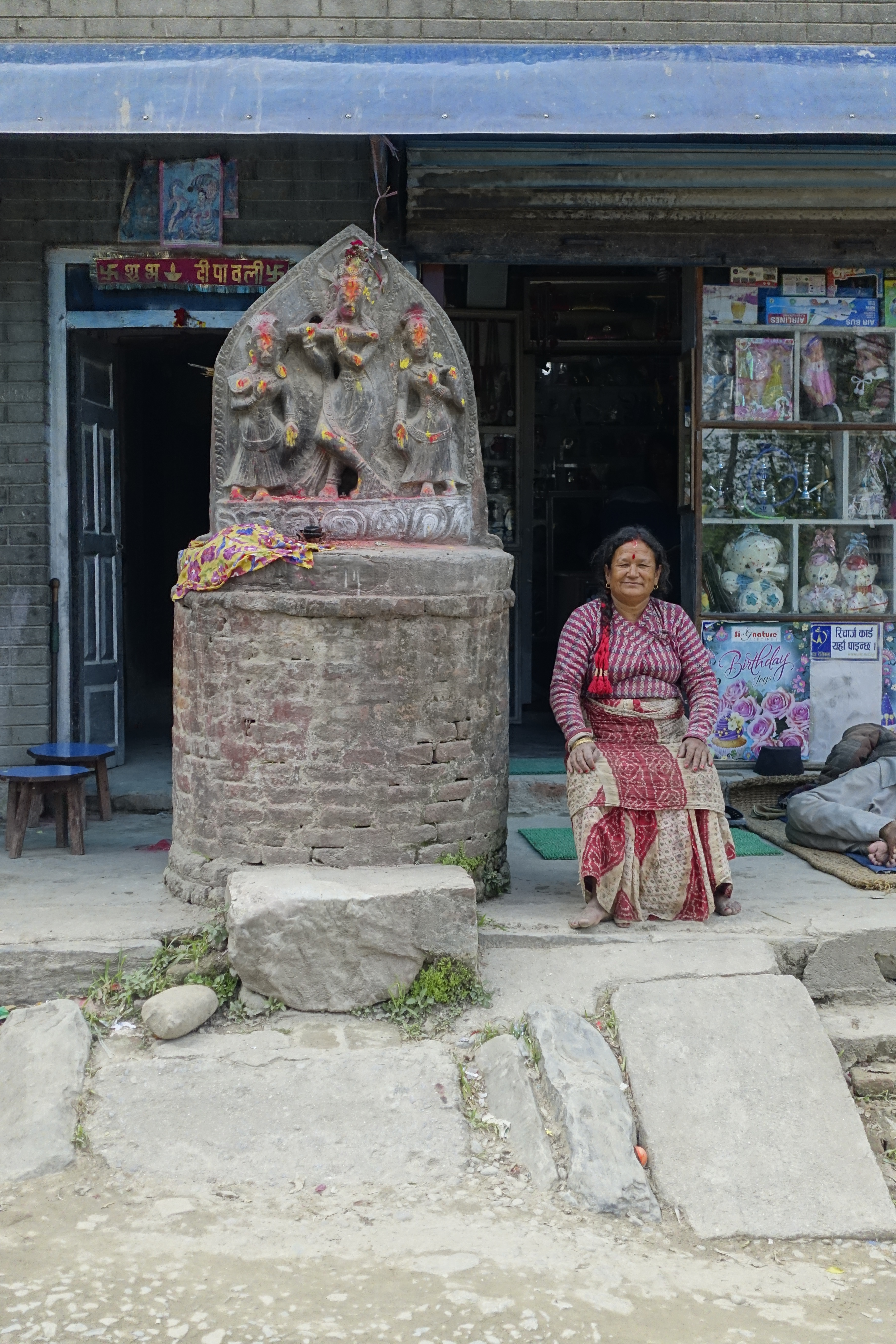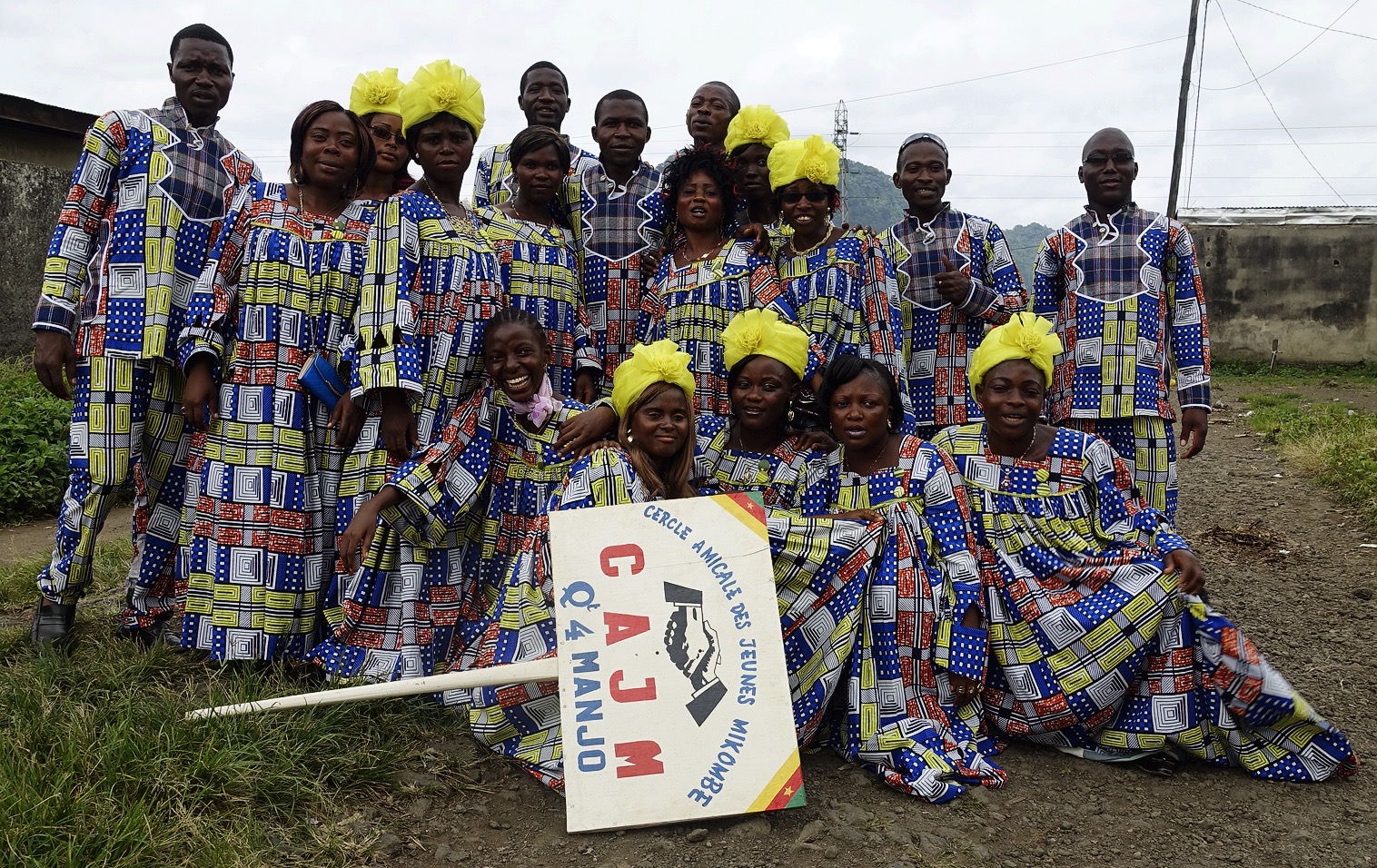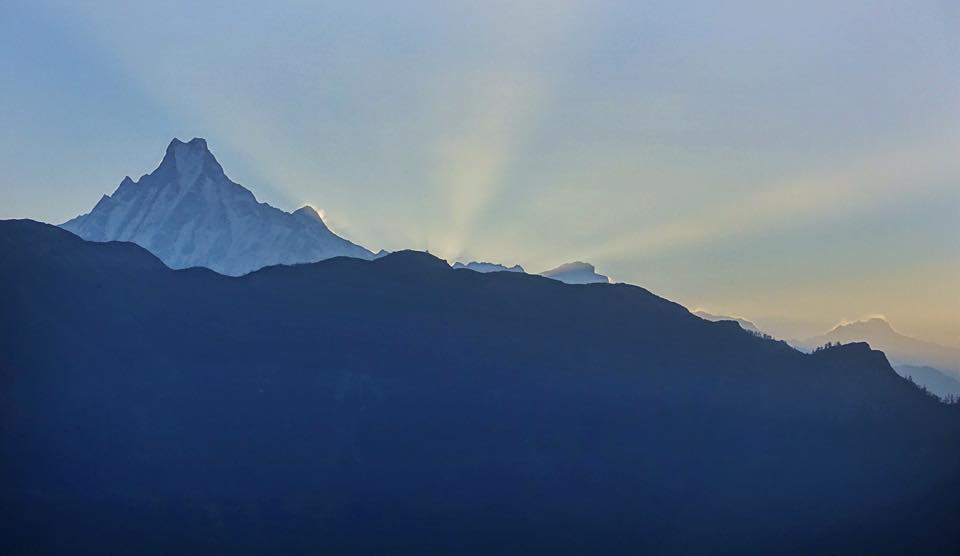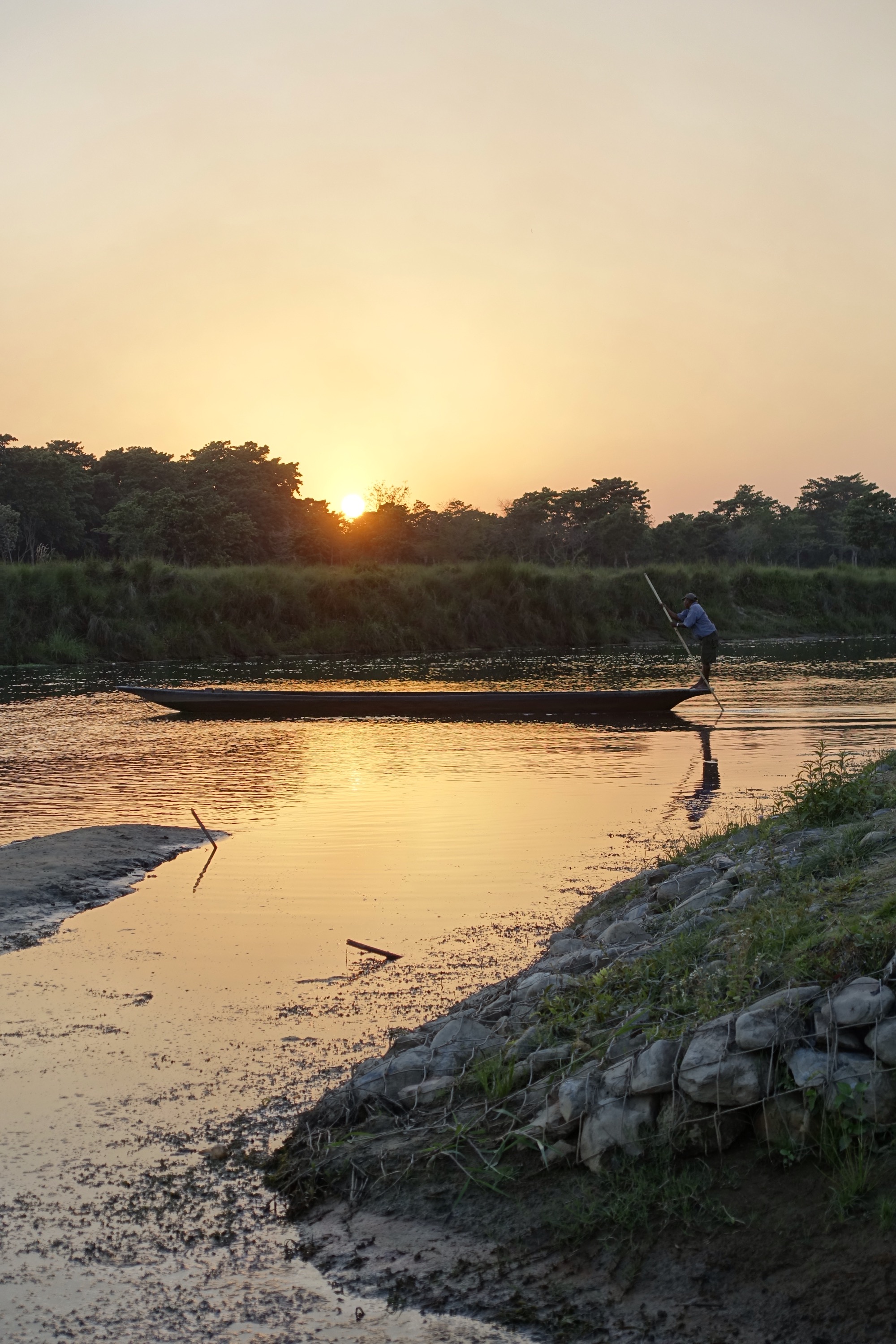For a while when I was younger, I thought that Kathmandu was just a made up place. Turns out, it’s the capital city of Nepal, nestled in a beautiful valley among the Himalayas. There’s plenty of things to do within Kathmandu, from Swayambhunath (the monkey temple) to Durbar Square. However there are some interesting and great places to visit as a day trip if you base yourself in the city.
Category: Nepal
I traveled to Nepal for six week in the spring of 2015.
Theravada & Mahayana Buddhism: Safe Diff?
When people think of Asia and religion, Buddhism is usually what comes to the forefront of most people’s minds. What many don’t always realize is that there are a different schools of thought within Buddhism. Zen Buddhism is pretty widely known, but the two sects that I’ve become familiar with through my travels are a bit less widely known. So, I’d like to explore some of the similarities and differences between Theraveda and Mahayana Buddhism.
Don’t Let Nepal’s Prayer Flags Confuse You
Mention Nepal and the picture that comes to mind is that of impossibly tall mountains viewed from a pass that is adorned with flapping, colorful Tibetan prayer flags. Photo journals from any of the variety of hikes are certain to include the flags along with prayer wheels and Buddhist stupas along the routes. With all of these being a big part of the image of Nepal, you could be forgiven for believing that Nepal is mostly a Buddhist country.
In fact, more than 80 percent of Nepalis are Hindu.
Top 4 Cultural Experiences of 2015
I had the opportunity to take advantage of some extraordinary experiences and participate in some wonderful cultural exchange this past year. It was truly wonderful and I cherish these memories, and as this is the time of year to look back and plan ahead I want to share some of those memories and cultural experiences from around the world.
Surviving and Thriving through the Nepal Earthquake
It was day 10 of 18 on the Annapurna Circuit and the day I began my two and a half day push for the highest point we would reach, Thorong-La Pass (5416 meters). I came down for breakfast and made eye contact with a couple that I had hung out with the night before; they were being ranted at by a guide who just had a falling out with his customers. My food came and halfway through my meal, the slighted guide had vented all he could and huffed off, rattling the tables and glasses of the dining area.
“I know it’s just the poor construction of these buildings, and the predominant use of wood, but whenever someone walks by, I can’t help but think it’s an earthquake,” I said to the couple.
“Is that a big thing around here? Do they get big earthquakes?” the husband asked.
“Yeah, that’s what makes these mountains. The last big one was about 80 years ago.”
“So then they are due for another one then, huh?”
“I don’t know if that’s necessarily how it works,” his wife said.
About four hours later, the ground shook beneath my feet, the windows on a newly build lodge behind me shuttered and the scrub brush swayed for what felt like at least a minute. Kumar, my guide, looked me in the eyes and said, “Oooh, earthquake!” When the earth had stilled beneath us, but still tumbled down the slopes of the mountains across the river from us, he said, “I’ve never felt one like that before.”
Beyond Nepal’s Mountains: Chitwan National Park
Say Nepal and what comes to mind for most people are the High Himalayas. Those iconic peaks of Everest and Lhotse, the Annapurna massif and Kangchenjunga, are just a couple of the more popular mountains found in the borders of this small country, which boasts seven of the 10 tallest mountains in the world.
But, when you arrive in Nepal and get your hands on some Nepali rupees, you notice that they are emblazoned with a variety of animals that are not found in the mountains: deer, crocodiles, rhinos, elephants. These animals aren’t on the money just because they are cool animals, but because they are actually found in Nepal, in the jungle-y southern border with India.
There are a couple of national parks along the southern border, but the most easily accessible and most visited is Chitwan National Park, near Sauraha, about six hours by bus from Kathmandu.
Kumari: the Living Goddesses of Nepal
One of the main tourist attractions in Kathmandu is Durbar Square. There are several temples, both Buddhist and Hindu, concentrated in a small area. There are lots of people milling around, selling things and generally living life. However, there is one building that is particularly sacred. It’s the home of Kathmandu’s kumari, a living goddess.

